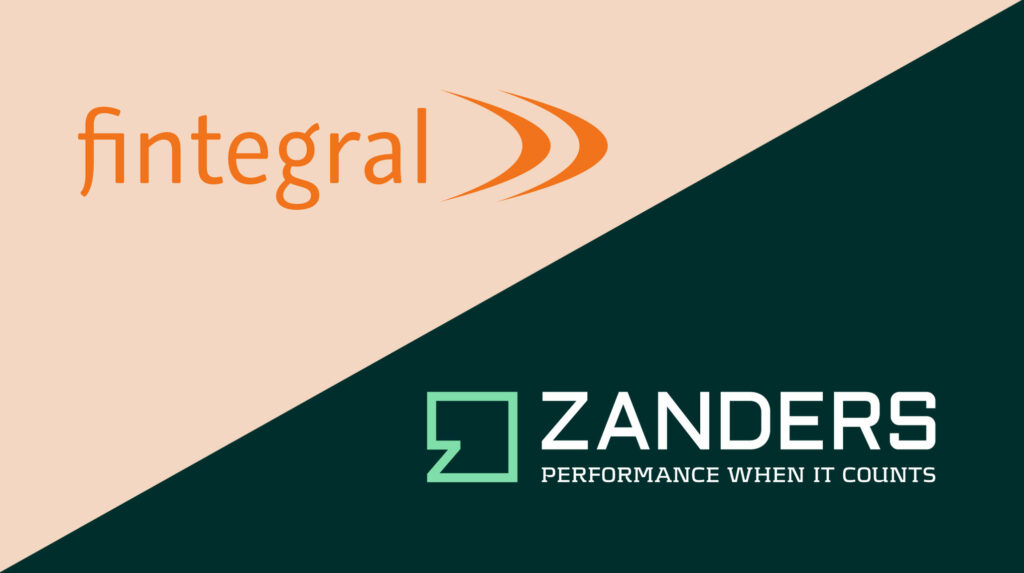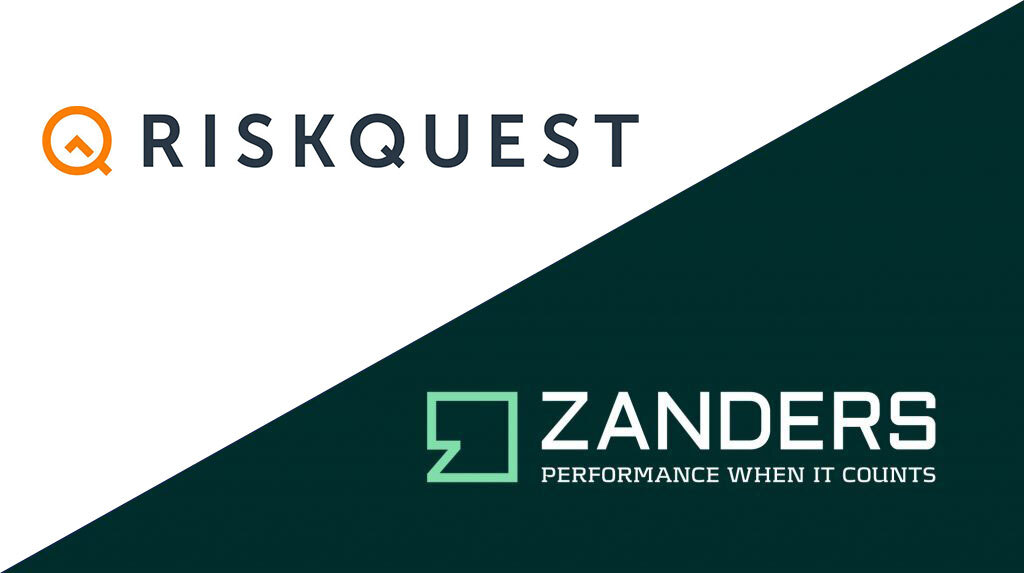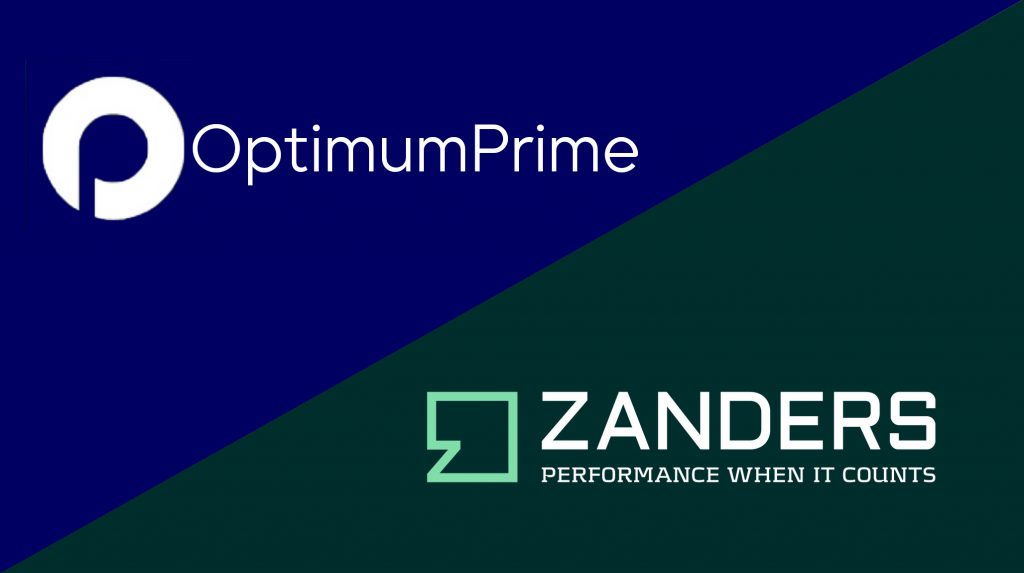VIVAT is a commercial financial service provider with insurance brands whose names are more familiar than that of the parent company: REAAL, Zwitserleven, Zelf, Route Mobiel (roadside assistance), and Proteq Dier & Zorg (insurance for pets). ACTIAM is the asset manager. On its website, the insurance company gives the impression of being a strong socially-motivated company; the very different brands together have the goal of helping people increase their empowerment. In the summer of 2015, VIVAT was taken over by Anbang Insurance Group, which is well known for its strong technology-based services.
In 2009, the Solvency II directive was implemented as a harmonious European regulatory framework for insurers, with the goal of insurers having enough capital in reserve to prevent bankruptcy. Since 2011, the European Authority for Insurance and Company Pensions (EIOPA) regulates these insurance companies. The starting date at which the Solvency II directives actually came into force was changed several times. Finally, the directives became effective on 1 January 2016.
ALM tool
VIVAT is a commercial financial service provider with insurance brands whose names are more familiar than that of the parent company: REAAL, Zwitserleven, Zelf, Route Mobiel (roadside assistance), and Proteq Dier & Zorg (insurance for pets). ACTIAM is the asset manager. On its website, the insurance company gives the impression of being a strong socially-motivated company; the very different brands together have the goal of helping people increase their empowerment. In the summer of 2015, VIVAT was taken over by Anbang Insurance Group, which is well known for its strong technology-based services.
In 2009, the Solvency II directive was implemented as a harmonious European regulatory framework for insurers, with the goal of insurers having enough capital in reserve to prevent bankruptcy. Since 2011, the European Authority for Insurance and Company Pensions (EIOPA) regulates these insurance companies. The starting date at which the Solvency II directives actually came into force was changed several times. Finally, the directives became effective on 1 January 2016.
From that date, VIVAT Insurances also had to be Solvency II-compliant. The company needed a flexible tool with which it could calculate required capital in line with the Solvency II directive. The solution was found in an existing risk-initiated asset & liability management (ALM) tool. “From a risk standpoint, we wanted certain management information such as interest risk sensitivity,” recounts Erwin Charlier, head of modeling at VIVAT. “With the ALM tool, we were able to access information which gave us better insight into the risks. Then we thought: since we already have the tool, let’s expand it to the Solvency II-standard model. So we now use it to calculate the figures which go to the DNB and which are in our annual report.”
The insurance company VIVAT was looking for a flexible tool to perform standard model calculations according to Solvency II directives. It decided to use the existing risk-initiated ALM tool which led to some challenges but which now offers various advantages.
Stakeholder management
With this increased scope, the tool has become a bigger and more widely applicable model for VIVAT. Besides the different components for risk reporting, other departments now also use the tool. “For example, for valuation of certain assets by our asset manager and by Balance Sheet Management, for controlling the balance sheet,” says Kees Smit, manager of risk balance sheet reporting at VIVAT and thereby senior user and ‘owner’ of the tool. “The tool is used for management as well as for accountability and therefore fulfills a central role in the model landscape for risk management.”
With one owner and several ‘clients’, the ALM tool demands a great deal of internal co-ordination and good ‘stakeholder management’. “Priorities for the tool are carefully agreed and weighed up with the various departments”, says Smit. “Sometimes that leads to difficult decisions, but since we manage the tool ourselves and a small dedicated team handles it, we always find a solution.” At the same time there also arose a need for structure and process management. Charlier says: “We had insufficient capacity for this internally and so we looked around externally and came across Zanders.”
Request for change
Adding extra functions to the ALM tool starts with a Request for Change (RfC). The tool’s functionalities have to be documented in this as clearly as possible. “
Zanders played an important role in this process.
Erwin Charlier, head of modeling at VIVAT.

“It is important that the RfC is of high quality, so that we know what we can do with it and what has to happen to the tool. We need people who know down to the last detail what its intention is, people who model or implement, and if all goes to plan it is part of a release process and then users can actually start using it.”
Where the tool is solely used within the risk function to generate certain information, it can be set up according to your own pragmatic ideas. “But as soon as it becomes a formal tool – which is used for external reporting – then you have to formalize all sorts of things,” says Charlier. “To be in control you no longer want that degree of flexibility. And that then means other people get involved.” On top of this, the department that delivered the Solvency II-reporting then became the senior user. This led to other demands and wishes because the intent of the tool changed. “Initially, the tool was not set up to be our Solvency II-tool. If you decide to do that later, the organization has to ensure it has the people and the means to achieve a high standard,” says Charlier.
Process in phases
“One of the goals of the project was to have the change process take place in a very structured way,” says Zanders consultant Mark van Maaren. “This means a clear standardized process which is then followed.” Changes that other users don’t know about can cause problems. “The process comprises different phases,” adds Zanders’ Stef van Wessel. “From development, testing, acceptance, and production. In order for everything to run smoothly, the previous phase has to be completed before you start the next one. In the production phase only the owner and his team are involved. In other words: the people who have written the code can no longer change it when it’s in production – to avoid different changes by people in different places having a negative impact on one another.”
In the first phase of the project, the challenge was to make the tool Solvency II-compliant. Then the wish-list, which was not dependent on the required Solvency directives, was added to the tool. Completion is planned for the end of 2016. Charlier explains: “Solvency, though, has been faced with quite a few forward-looking perceptions, and these also have had to be taken into consideration.” Van Wessel adds: “But by standardizing the process, separating the roles within it, and setting up authorizations, many problems can be mitigated.” Over the past year that has been accomplished: a control framework which complies with the Solvency II-directives.
Division of labor
Initially, the management of the tool was the responsibility of Charlier’s modeling department. In the second phase of the project, it was decided to transfer a number of components to the IT department. “Each application has its own conditions and requirements, but we do not come up to the mark in all areas and to the standard IT would like,” Charlier related. “We have a great model, but perhaps we could improve a few things under the bonnet. For example: employees have certain skills, but the question is if this is an efficient use of resources. On the one hand, there is a heavy data component; via communication with other databases you retrieve all sorts of information to calculate with and then transfer to various areas. Setting up the data and reporting side takes a lot of time and could easily be done by IT. But the core, the calculation center, is for me typically something for the modeling department: how do you value the assets on your balance sheet, how do you handle yield curves in interest-rate risk measurement?” IT is positive about the division of roles. And we want to use our human capital as efficiently as possible.
Double focus
A huge advantage of a tool developed in-house is that it offers VIVAT a lot of flexibility. “In addition, the tool is now completely in tune with our own wishes,” says Smit. “Under our own management, changes in the tool can be made quickly. That’s nice, since the required functionalities within risk management are constantly changing.” It also offers ‘double focus’ in one functionality. Charlier says: “That way we have developed the knowledge and ability to be able to take a detailed look under the hood. If something unexpected comes out of the model, we can see where it comes from. The only thing is that it takes some effort from the organization.”
The alternative for the insurer was to use separate tools for the various reports. “But the disadvantage of this is that you can have inconsistency problems which you have to reconcile,” Van Maaren explains. “For example, sometimes companies buy platforms and then expand on them – you see all sorts on the market. The ready-made package you buy which you can use straight away just doesn’t exist.”
Future challenges
Will the model be further expanded with more functions? Charlier is unsure: “As a real ALM tool I would like to be able to do more on the liability side. The liability side is included, but is covered by other sources of data. The focus of the tool is now more on the asset side; the L in ALM is not so prominent in the tool.”
In the future, Charlier foresees a number of great challenges. “I find the role split and efficient sharing of resources a very important focus point. Moreover, regulations won’t stand still and we will have to adapt to them,” he says. In the first year that insurers have to comply with the requirements of Solvency II, the solvency ratios are quite volatile. “But new demands give you, as an organization, the chance to adapt to the latest insights. It would be a lost opportunity to not act upon these. What would be really nice is if you could use the tool to project a number of years into the future. For example with stress tests or an operational plan to look further into the future.”
How has Zanders supported VIVAT?
- Project management of the implementation of the ALM tool, including stakeholder management and the coordination of transferring tasks and responsibilities to the IT organization.
- Supporting and coordinating the development of functional specifications.
- Supporting user acceptance testing and the testing of functional specifications.
- Documenting the ALM tool.
- Reviewing and improving the risk appetite statement.
- Enhancing interest-rate hedging policies, methodology, and processes.
- Developing a Solvency II compliant investment policy.
Would you like to know more? Contact us today.




































